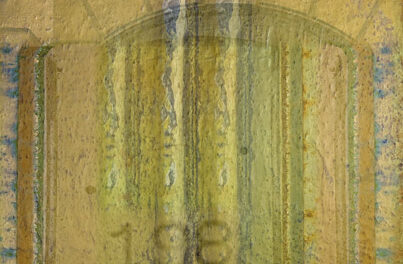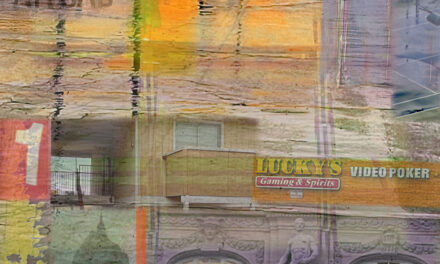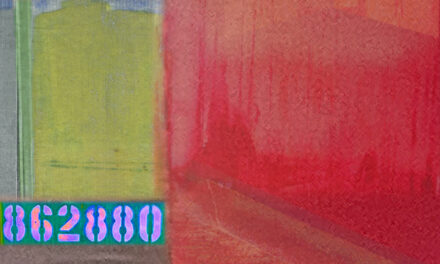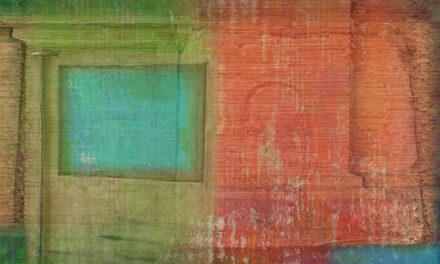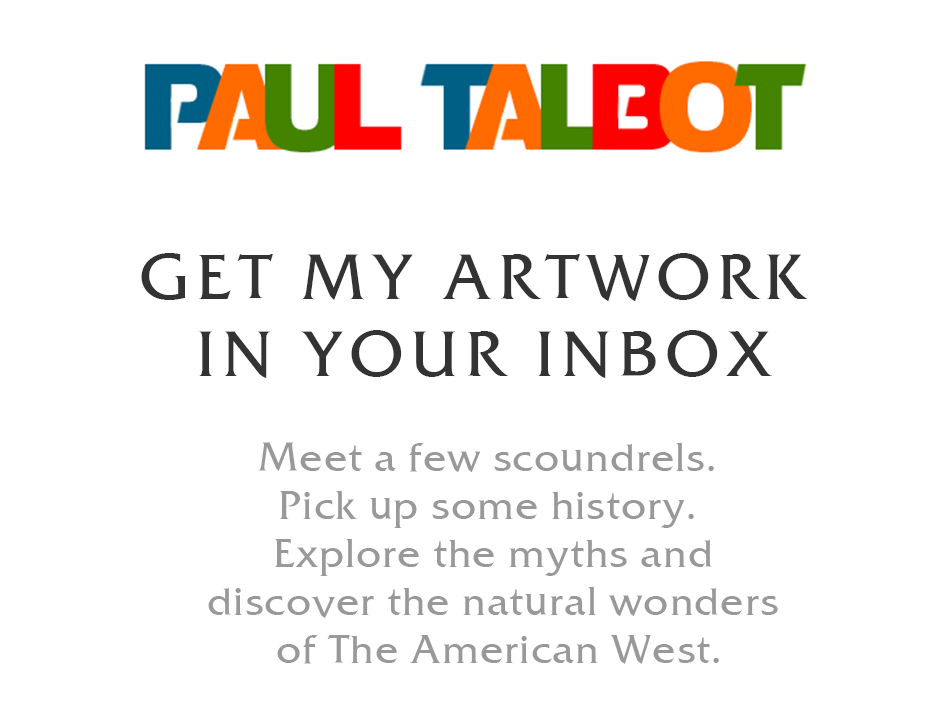John Muir died in downtown Los Angeles on Christmas Eve, 1914.
He had been visiting his daughter Helen on the high desert in Daggett, California. She didn’t think it was simply a cold her father was suffering from and she was right. The illness quickly ballooned into pneumonia.
She took him down to Los Angeles. A few days later, John Muir passed away in the California Hospital Medical Center on West Sixth Street.
Across a continent and across an ocean, it seemed everyone was fighting.
British, French, Belgians, Germans, Austro-Hungarians, Serbians, Russians, Galacians, Armenians and Turks, they all battled and brought on an unfathomable waste of lives.
John Muir passed away after fighting battles of his own. He had spent his life sparring with timber interests, developers and politicians beholden to boosters of every stripe.
He wore no uniform on which to pin medals.
What we see instead is a collection of achievements that underscore the fact one individual can make an outsized mark on the world.
Or, in the case of John Muir, how one individual can protect our world from man’s harsh marks.
His legacy is stirring and significant. His work helped give birth to a firmament of National Parks… Yosemite, Sequoia, Mount Rainier, the Petrified Forest and the Grand Canyon.
Muir also left behind a striking collection of friendships.
Nature writer John Burroughs and Yosemite guide Galen Clark. Father and son University of California professors Joseph and Little Joe LeConte.
And an American President who was more than a casual acquaintance.
Theodore Roosevelt accepted Muir’s invitation to visit Yosemite. After the President arrived and took in the splendor, he accepted a second invitation and returned. That’s when Teddy Roosevelt asked his secret service detail to stay behind and went off camping in Yosemite with John Muir.
When John Muir died in downtown Los Angeles in 1914, America’s 35 National Parks were haphazardly managed. Protection, administration and maintenance were in the shaky hands of the Department of the Interior, which struggled to fulfill its obligations.
It would be another eighteen months until Congress passed the National Park Service Organic Act.
If we could enjoy the benefit of his company today, sit and listen to John Muir as President Roosevelt did, what might we learn?
Chances are, he would urge us to fulfill our legal obligations and restore sufficient budgets for the U.S. Department of the Interior.
He might also remind us to keep a more watchful eye on land yet to be similarly prized.
He might suggest we look beyond the borders of National Parks, National Forests, National Monuments and Wildlife Refuges and more closely examine the risks of encroachment. He would probably remind us we’re mistaken to think of our parks as sacred islands, where borders somehow safeguard our treasures from poisons.
A few miles away from Griffith Park, John Muir died as he lived, battling for the protection of land so exquisite it blinds the eyes of miners and drillers, loggers and developers.
He would aim our gaze where battles continue to be fought between those who would exploit the land and those who would protect it.
And John Muir would remind us man draws borders to serve his own needs rather than those of nature.


